Key Takeaways
Table of Contents
Unlocking the Secrets of the Circle of Fifths
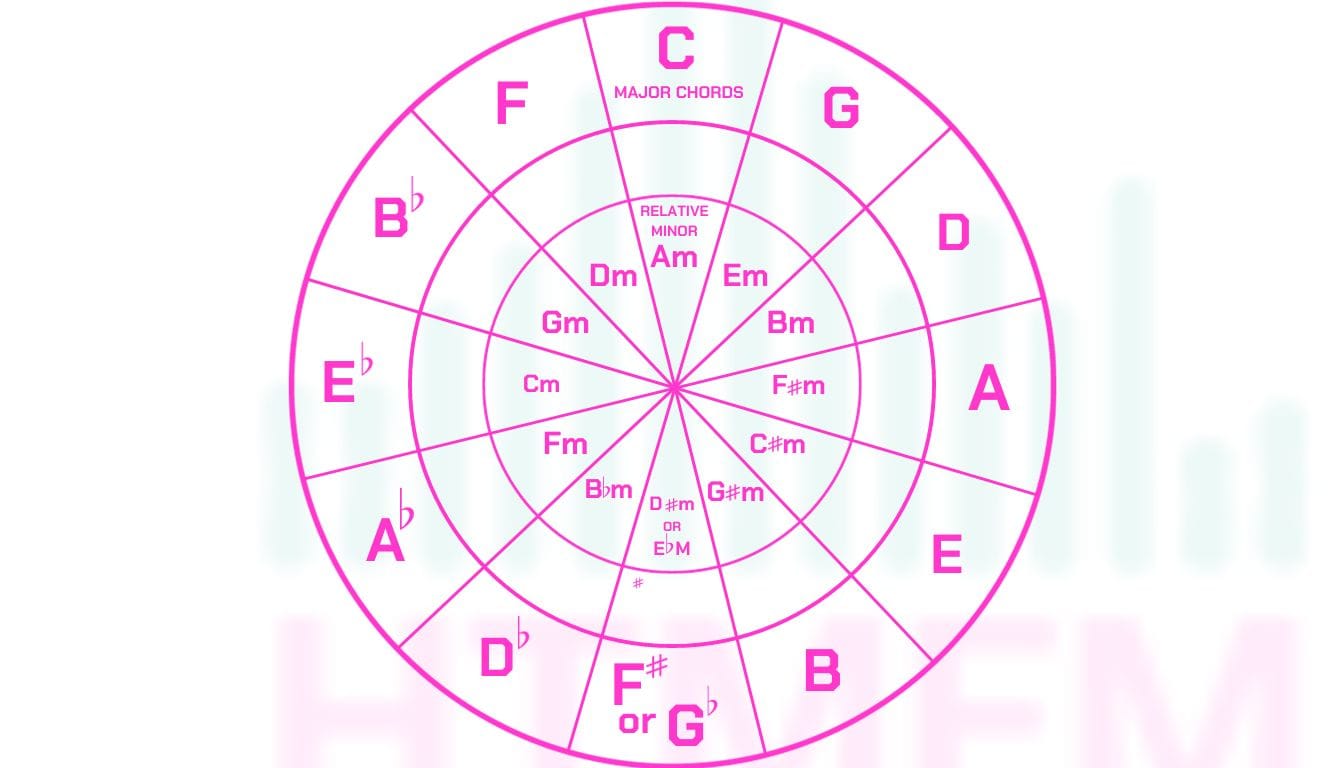
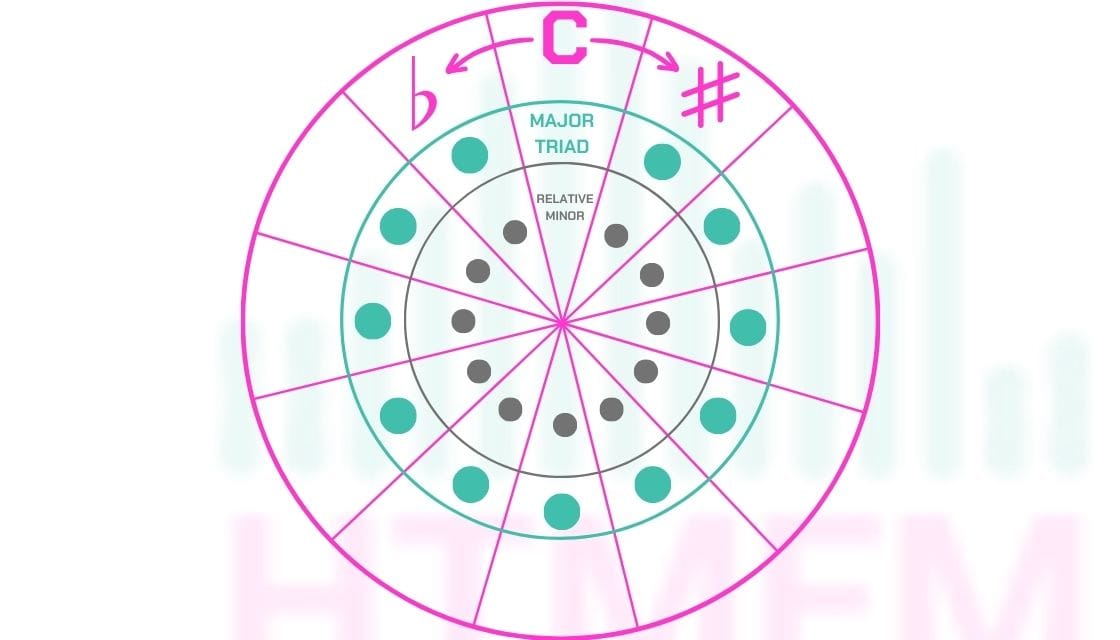




Harmonic Navigation: Chords and Progressions
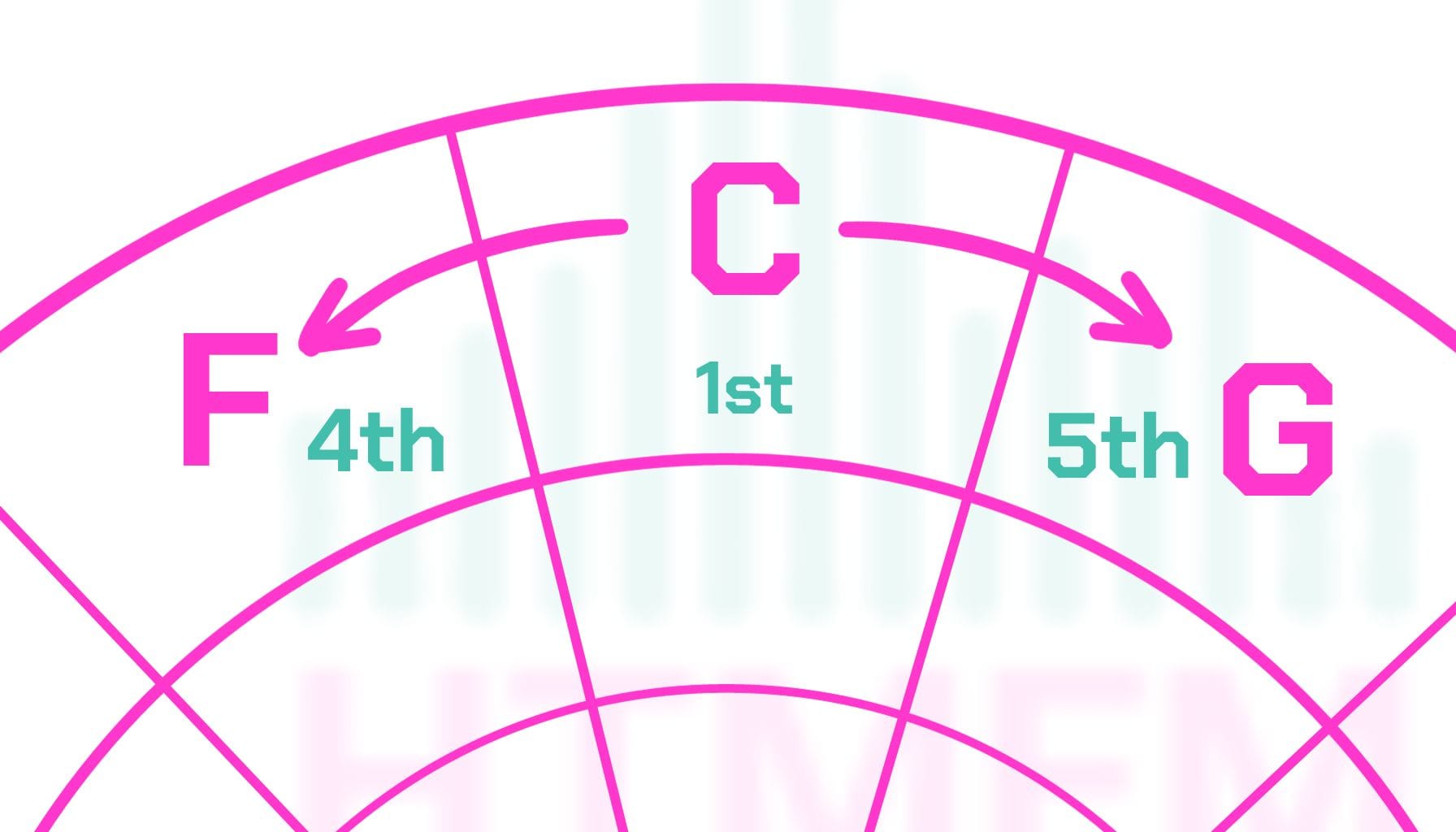
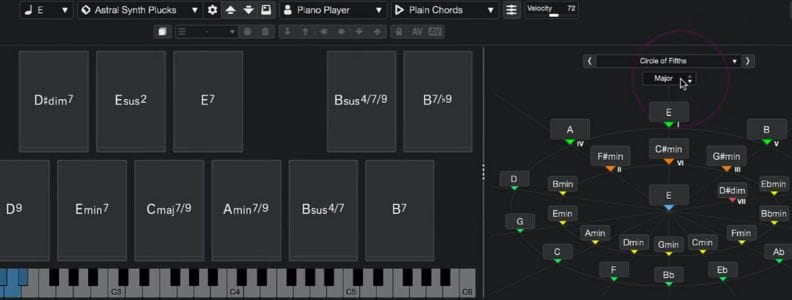
Practical Applications for Performers and Composers
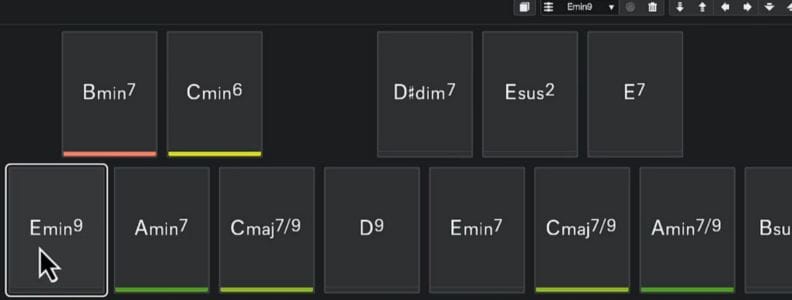
Tools and Resources to Master the Circle

Interactive Circle of Fifths Chart
Memorization Strategies
Fine-Tuning Your Skills: Advanced Concepts

Beyond Equal Temperament
Enharmonic Equivalents and Theoretical Keys

Summary
Frequently Asked Questions

About the Author
Max Porcelli
Steinberg Certified Trainer, DJ, and Producer with 29 years of experience. He owns 989 Records, an Electronic Music Label based in Italy. Every Saturday he hosts an exciting Radio Show called 989 Records Radio Show on air on Patchouli Deep Radio, London.
Write your awesome label here.








